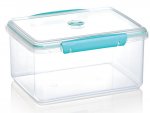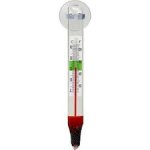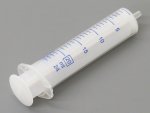Hi,
I just recently got two axolotls (less than 24 hours ago) one golden albino and one leucistic. I got a 30 gallon tank just under 3 foot long for them and have gotten hides plants Sand filter etc for them and treated water with dechlorinator. Feeding them a mix of earthworms bloodworms and brine shrimp right now and I've ordered pellets for them as well.
I'm afraid to say that I had no idea of cycling beforehand and now have them in an uncycled tank which I now know is never a good thing. After some research and forum reading I understand the cycling process and I have a master testing kit ordered to test the water. Had to go with Amazon as can't find the test in shops here.
However I am wondering what to do regarding my little guys, if I were to keep them in I'm fully prepared to do daily water changes and test ammonia and was going to start changes of 50% now while I wait for my kit to arrive. Would these water changes drastically stress out my axies, should I remove them each time?
I also read people saying to take them out and fridge them until the tank is cycled changing their water 100% daily. Would they be okay being refrigerated for that long? Our fridge is small so I don't want them to be cramped for so long i live in Ireland so we dont get heatwaves much so would they be viable in separate containers unrefrigerated?
I was thinking of doing both, taking them out and feeding them and refridge for a couple hours while I change water and let it settle? Then put them back and repeat?
I have about 9 live plants in the tank which I heard can speed up the process??
I can't believe during all my research I missed out on this vital part and I'm already ready worried about my guys well being and I haven't even had them a day. Any advice would be greatly appreciated. Sorry about so many questions my head is just racing right now!!
I just recently got two axolotls (less than 24 hours ago) one golden albino and one leucistic. I got a 30 gallon tank just under 3 foot long for them and have gotten hides plants Sand filter etc for them and treated water with dechlorinator. Feeding them a mix of earthworms bloodworms and brine shrimp right now and I've ordered pellets for them as well.
I'm afraid to say that I had no idea of cycling beforehand and now have them in an uncycled tank which I now know is never a good thing. After some research and forum reading I understand the cycling process and I have a master testing kit ordered to test the water. Had to go with Amazon as can't find the test in shops here.
However I am wondering what to do regarding my little guys, if I were to keep them in I'm fully prepared to do daily water changes and test ammonia and was going to start changes of 50% now while I wait for my kit to arrive. Would these water changes drastically stress out my axies, should I remove them each time?
I also read people saying to take them out and fridge them until the tank is cycled changing their water 100% daily. Would they be okay being refrigerated for that long? Our fridge is small so I don't want them to be cramped for so long i live in Ireland so we dont get heatwaves much so would they be viable in separate containers unrefrigerated?
I was thinking of doing both, taking them out and feeding them and refridge for a couple hours while I change water and let it settle? Then put them back and repeat?
I have about 9 live plants in the tank which I heard can speed up the process??
I can't believe during all my research I missed out on this vital part and I'm already ready worried about my guys well being and I haven't even had them a day. Any advice would be greatly appreciated. Sorry about so many questions my head is just racing right now!!






